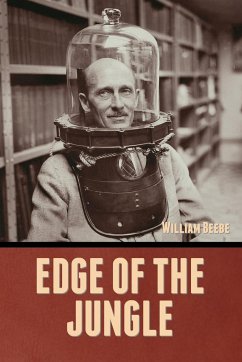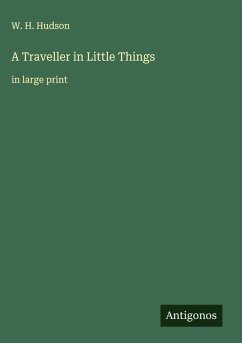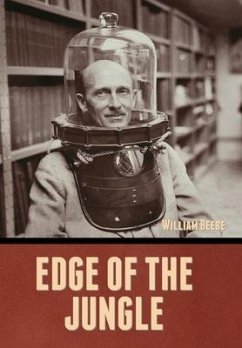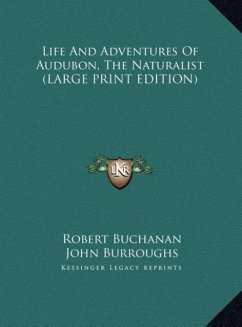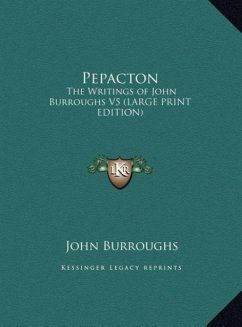
Pepacton
The Writings of John Burroughs V5 (LARGE PRINT EDITION)
Versandkostenfrei!
Versandfertig in 1-2 Wochen
43,99 €
inkl. MwSt.
Weitere Ausgaben:

PAYBACK Punkte
22 °P sammeln!
(LARGE PRINT EDITION) 1881. Volume Five of Twenty-Three, Riverby Edition. John Burroughs emerged from an obscure boyhood in the Catskill Mountains to write more than thirty books, create the genre of the nature essay, and become the preeminent nature writer of his day. Through his essays in books and popular magazines, John Burroughs taught countless Americans to appreciate nature. Burroughs writes in the Preface: I have all the more pleasure in calling my book after the title of the first chapter, Pepacton, because this is the Indian name of my native stream. In its watershed I was born and p...
(LARGE PRINT EDITION) 1881. Volume Five of Twenty-Three, Riverby Edition. John Burroughs emerged from an obscure boyhood in the Catskill Mountains to write more than thirty books, create the genre of the nature essay, and become the preeminent nature writer of his day. Through his essays in books and popular magazines, John Burroughs taught countless Americans to appreciate nature. Burroughs writes in the Preface: I have all the more pleasure in calling my book after the title of the first chapter, Pepacton, because this is the Indian name of my native stream. In its watershed I was born and passed my youth, and here on its banks my kindred sleep. Here, also, I have gathered much of the harvest, poor though it be, that I have put in this and in previous volumes of my writings. Contents: Pepacton: A Summer Voyage; Springs; An Idyl of the Honeybee; Nature and the Poets; Notes by the Way; Footpaths; A Bunch of Herbs; and Winter Pictures. See other titles by this author available from Kessinger Publishing.



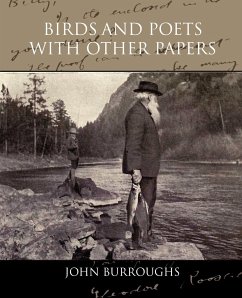
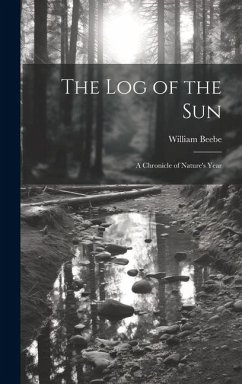
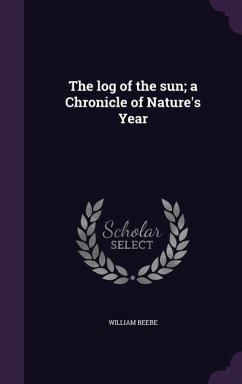
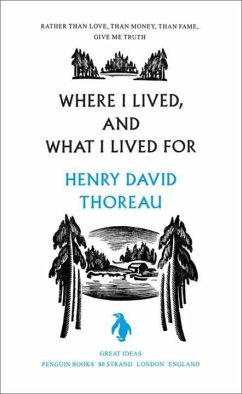
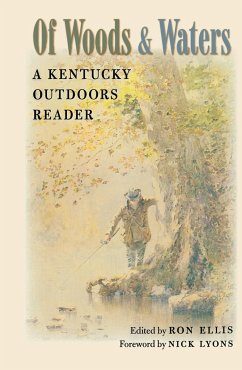
![A Journey to Nature [microform] Cover A Journey to Nature [microform]](https://bilder.buecher.de/produkte/71/71569/71569522n.jpg)
